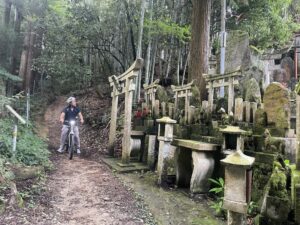Lake Biwa is the largest lake in Japan, and cycling around the lake is very popular.
It's very close to Kyoto, and an e-bike can take you to the western end of the lake in 15km (1 hour).
You can cycle along the canal from Kyoto to Lake Biwa, or take a short loop to Omihachiman, the old center of Lake Biwa, and back, or even cycle 200km around the lake over three days.
We will introduce some model courses from the perspective of local cyclists.
Lake Biwa is roughly divided into three areas.
- Koto(Eastern Lake) Area: This is an industrial and agricultural area with a lot of car traffic, but it is spacious and has bicycle paths, so it is easy to ride. It can get boring at times. It is very good to get off the bike lines and visit Omihachiman and Hikone.
- Kohoku(Nothern Lake) Area: This is the most fun area for cycling. There are ups and downs, but the scenery changes greatly, so you will never get bored. This is where the benefits of an E-Bike are maximized. It is also a good idea to extend your stay and take a cruise to the inhabited islands in the lake.
- Kosei(Western Lake) Area: This is the most densely populated area and basicaly not suitable for cycling. Most roads are separated and have no bike lanes. It's not dangerous, but it's not exactly "fun cycling". Areas such as Hiei-san Sakamoto on the mountainside are very fun, but it's difficult to enjoy it without an e-bike.
1. Cycling Around Lake Biwa (Biwa-ichi)

220km(135mi)
3~4 days
Road situation;
Protected Bicycle Sidewalk
&
Wide Road
Route
This route starts from Kyoto and goes along the Lake Biwa Canal Path, then along the Lake Biwa Cycling Road to Wani, crosses Mt. Hiei, and returns to Ohara via the Kamogawa Cycling Road. The route is generally flat.
Itinerary
The model itinerary involves renting an e-bike in Nishiin, Kyoto for four days, cycling to Omihachiman on the first day, Nagahama on the second day, Imazu on the third day, and Kyoto on the fourth day.
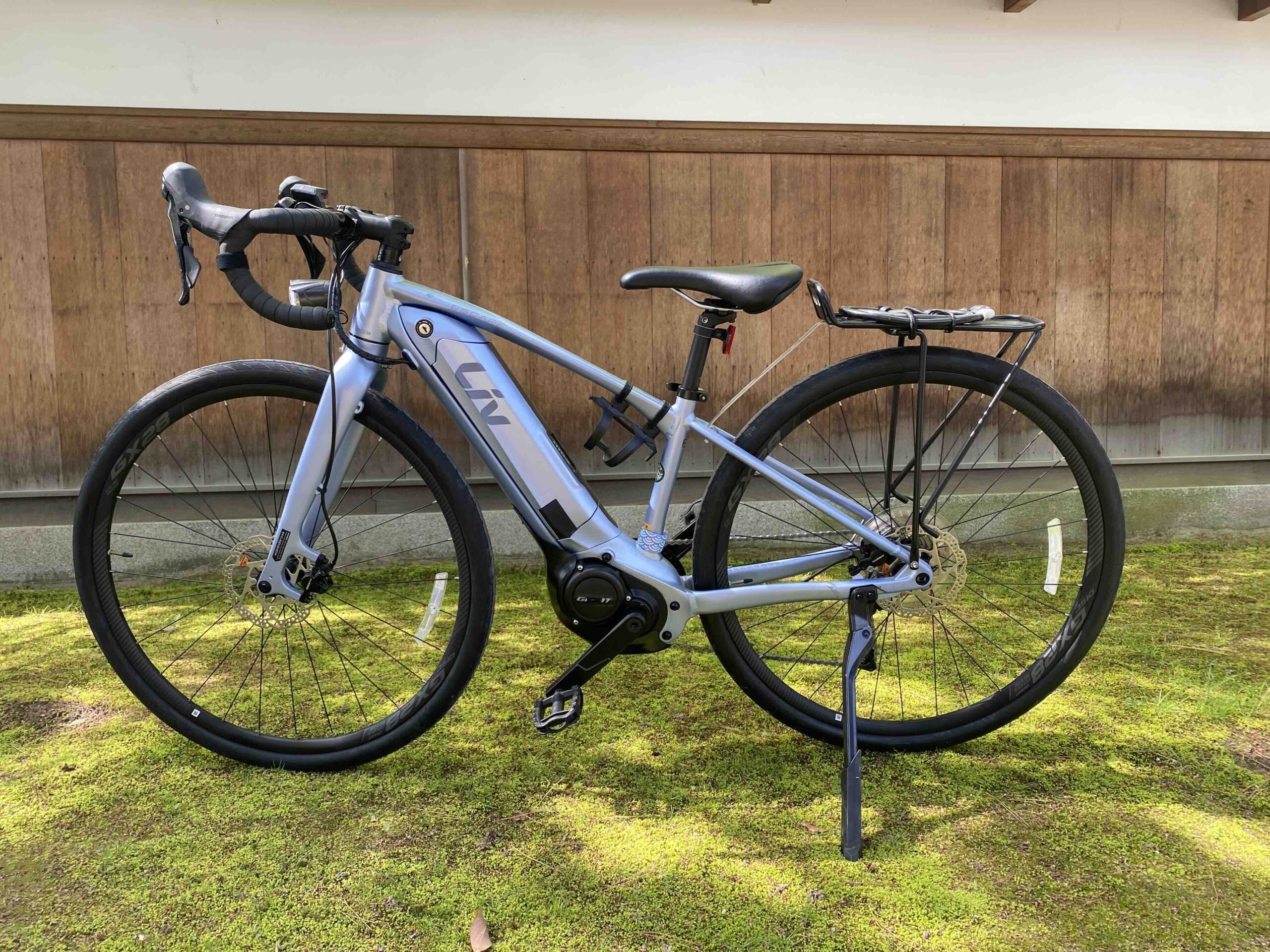
Day1-1 Rent E-Bike at Saiin, Kyoto
Lake Biwa has many flat paved roads, so we recommend an E-Bike with drop handlebars, which allows you to go faster and choose your riding position freely. Of course, even a straight handlebar type E-Bike will have enough battery life to get from hotel to hotel.
Rent for 3 days
Rent for 4 days
Day1-2 Cycle through the Lake Biwa Cannel
The Lake Biwa Canal is a canal that carries water from Lake Biwa to Kyoto, and there is a cool, calm path beside it. If you drive along this road about 10km east from the Nanzenji Temple area in Kyoto, you will arrive at Koseki Pass.
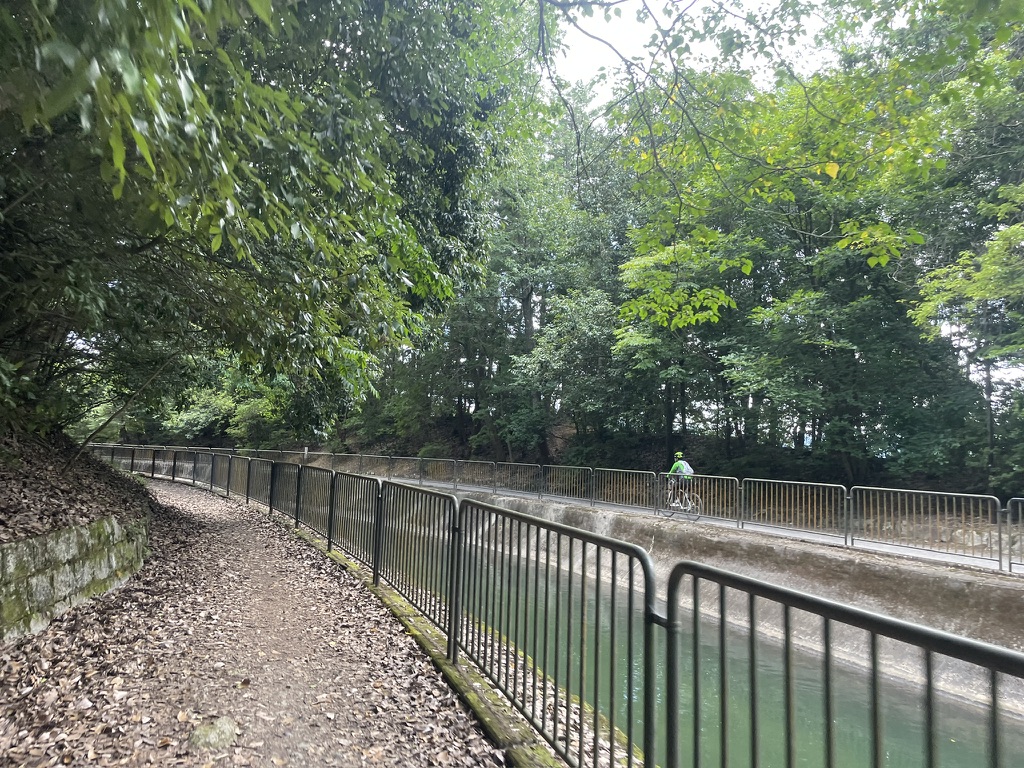
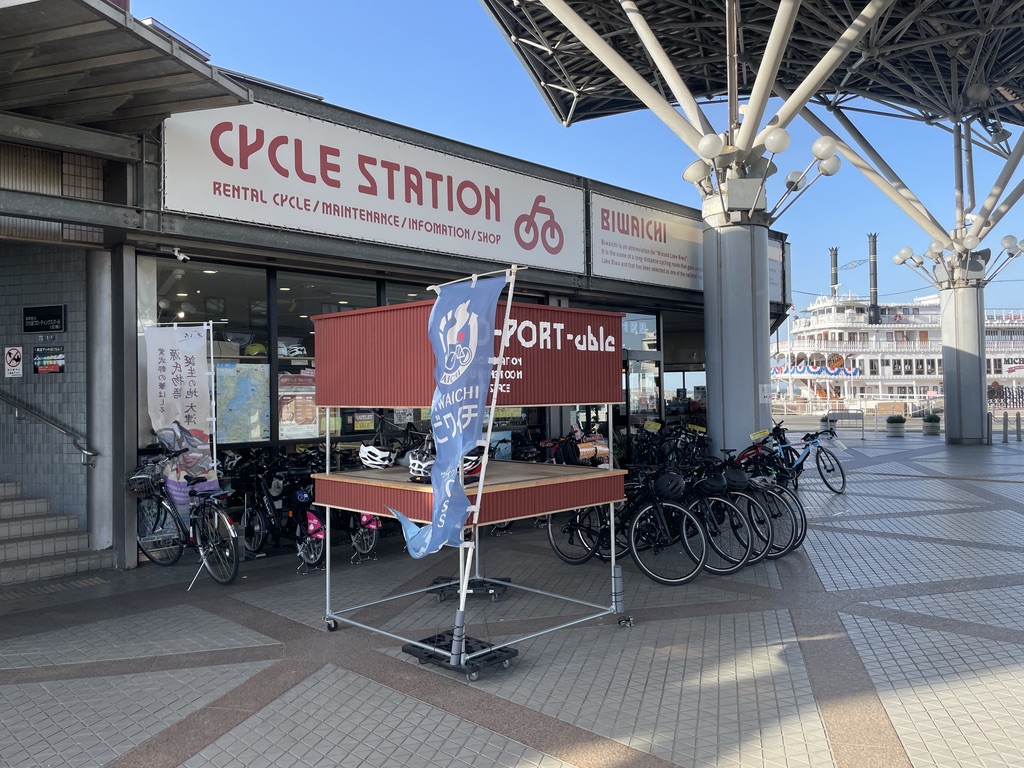
Day1-3 Otsu (18km, 1.5h)
Otsu is the largest city on Lake Biwa, and is lined with buildings. There is a cycling station where you can get your bike repaired. You won't have any trouble finding a place to have lunch.
From there, you can enter the Lake Biwa Cycling Path.
Day1-4 Lake Biwa big bridge & monument (40km, 3h)
About 20km from Otsu, you will come to a large bridge with a total length of 1.4km. There is a monument of Lake Biwa nearby, and many people take photos there. The road to there has urban beauty with buildings lining the other side of the lake, but it is flat all the way, so it may get boring.
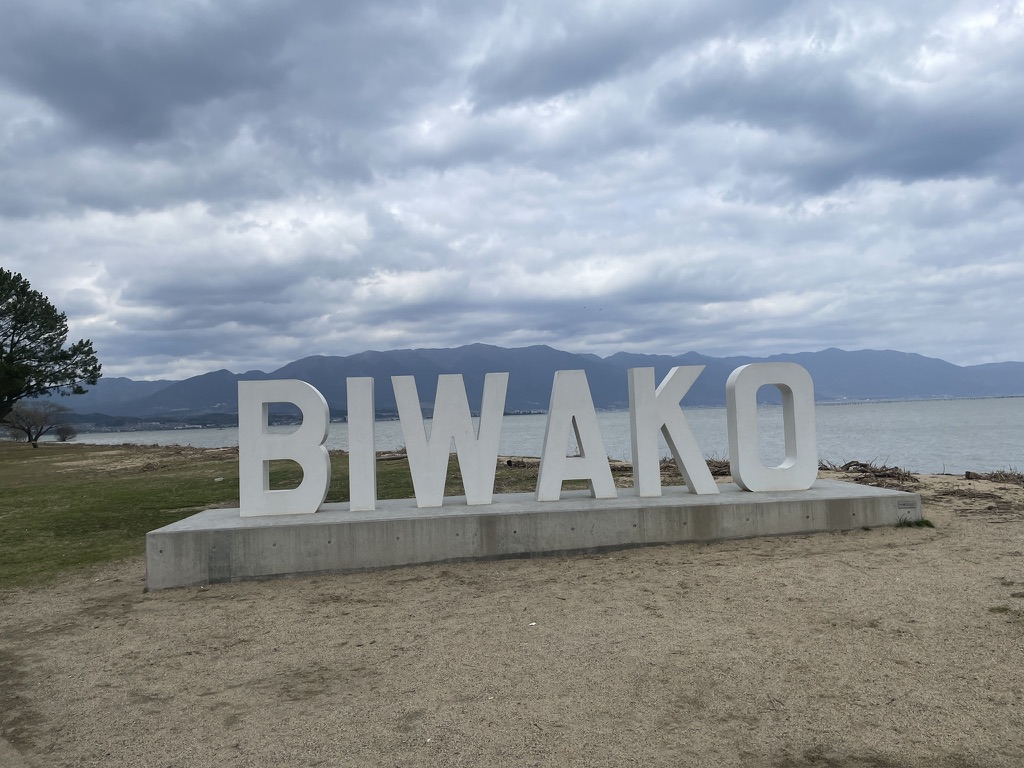
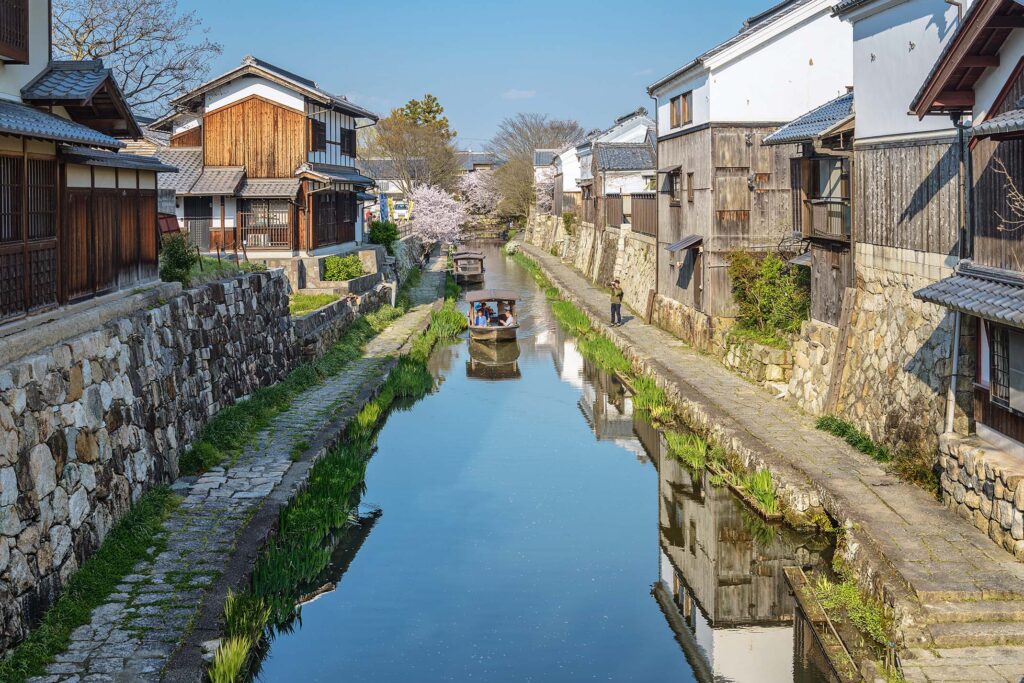
D1-5 Omi-hachiman (58km, 4h)
This is the main dish for the first day. Omihachiman was the center of the Lake Biwa economic zone in the Middle Ages, and is the city that became the base for modern Japanese companies such as Toyota and Itochu. The city was surrounded by moats, allowing goods to be transported by boat. Even today, many old merchants' houses and restaurants remain, making it a very charming area. There are also many cheap and high-quality hotels.
Gourmet in Omi-hachiman
Omihachiman is famous for its Omi beef and red konnyaku. Konnyaku is a jelly-like food made from potatoes, and in Japan it is eaten in soup or stewed. It is red but not spicy. It is soaked in various dashi stocks and has a very deep flavor.
Omihachiman was a logistics hub for Japan, so there are many original dishes that combine various foods from all over Japan.


Day2-1 Hikone Castle (82km, 1d+2h)
Leaving Omihachiman, you can ride 24km on a flat bike path to reach Hikone Castle. Hikone is a big city, so you may get lost, so keep an eye on the castle signs.
Hikone Castle is one of the best-preserved castles in Japan, and you can enjoy not only the castle tower, but also the moat and castle walls. You can even cycle inside the castle.
The tourist area in front of the castle is also fun.
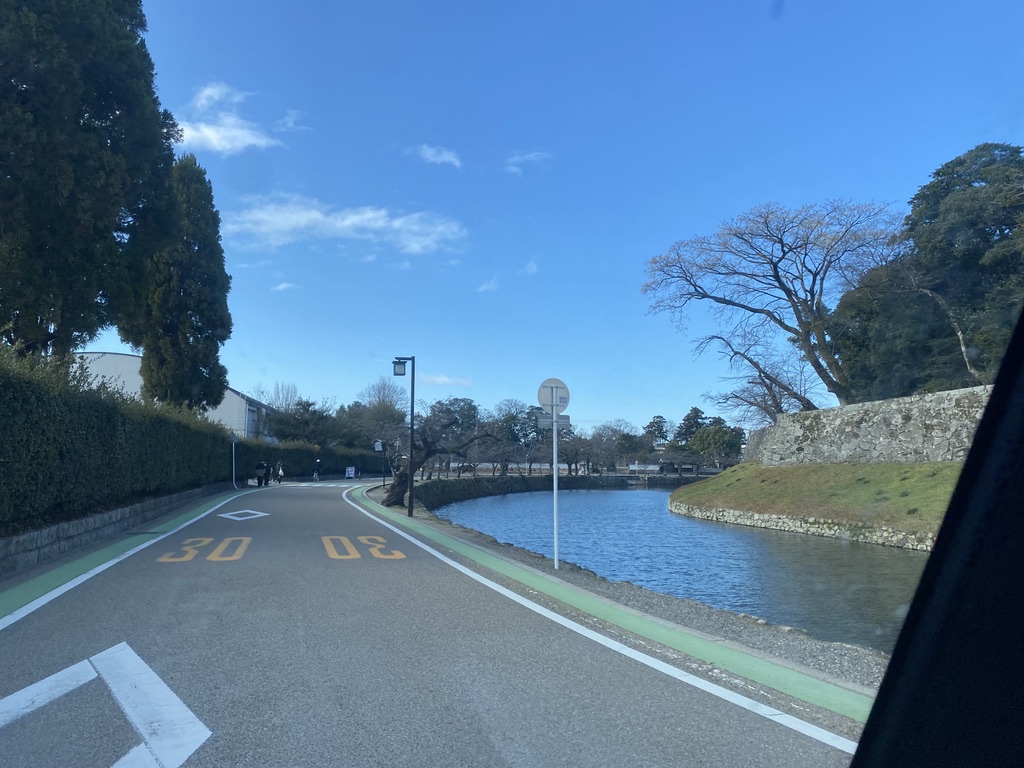
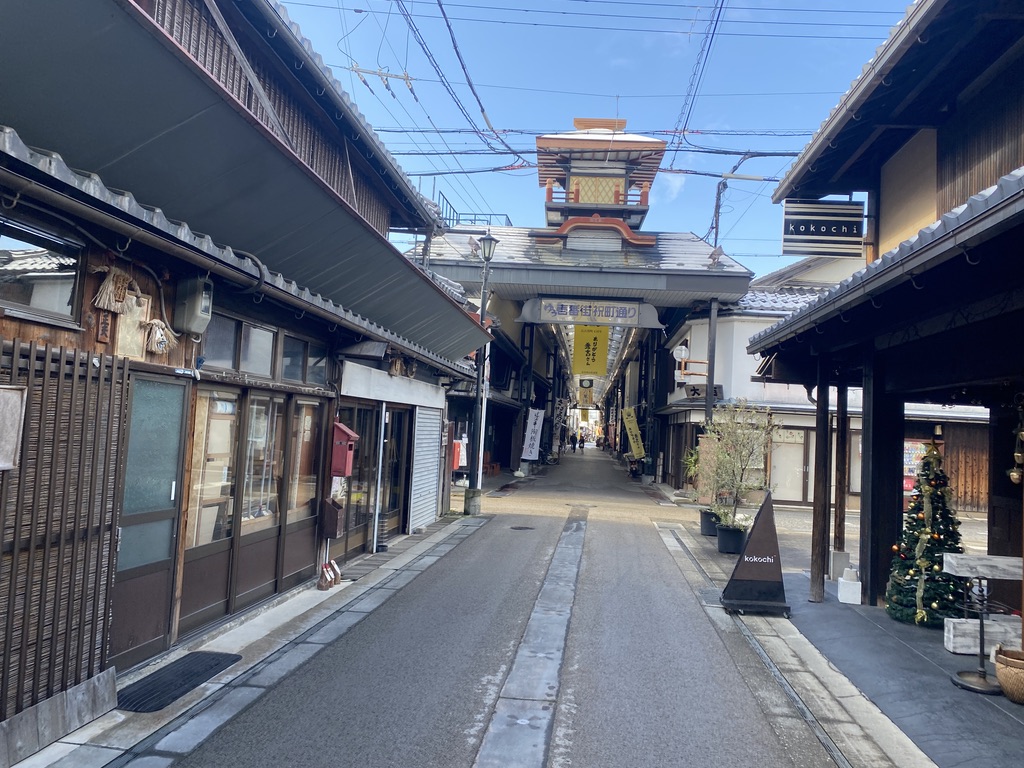
Day2-2 Nagahama (94km, 1d+4h)
After taking a break in Hikone, you'll reach Nagahama after about an hour's ride. Nagahama is a town that once thrived as a blacksmith town, and is a very interesting place where an old town with glass crafts and other crafts combined with a retro 20th century town.
If you're mainly cycling, you can pass by here and head to Imazu.
If you want to appreciate the intricate handmade art that is unique to the Japanese, be sure to visit the various museums.You can apply for the glass craft experience on the day.
If you have children or are interested in subculture, we also recommend the Kaiyodo Figure Museum.


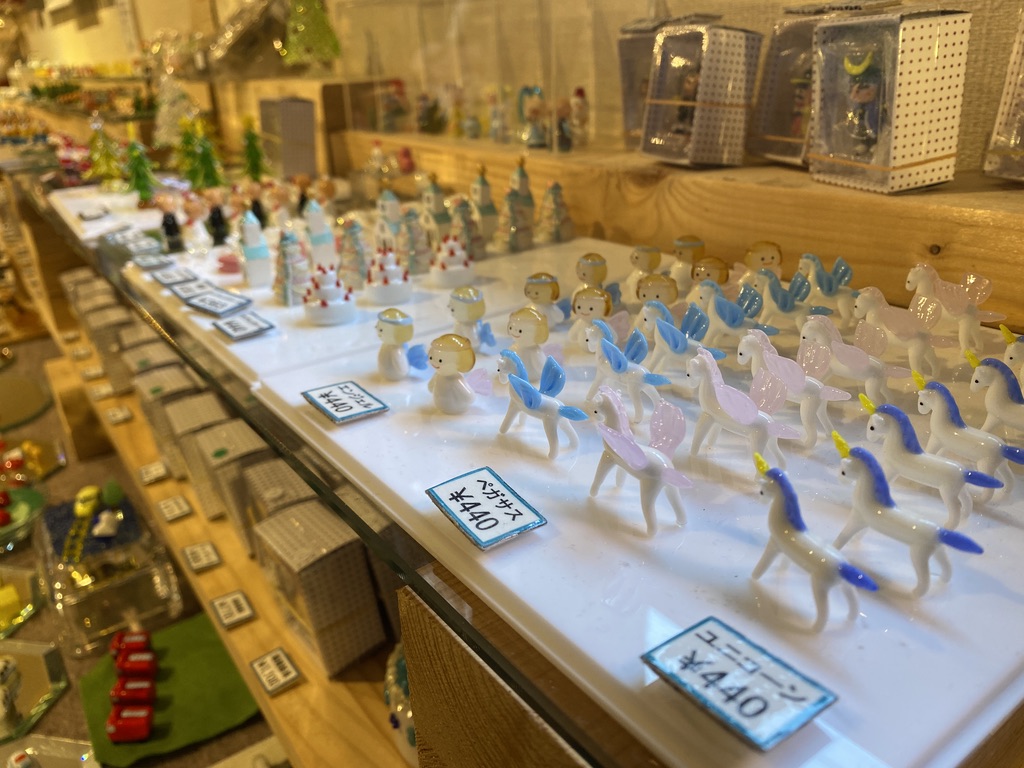

Chikubu island in lake cruise
Chikubushima is a sacred place on Lake Biwa, with a small population and a temple. Cruise ships depart from various ports on Lake Biwa, including Nagahama.
From Nagahama Port, the round-trip boat ride takes 30 minutes one way, and costs 3,500 yen per person for about three hours, including a one-and-a-half hour stay on the island.
Nagahama gourmet
In Nagahama, seafood from Lake Biwa and the northern Sea of Japan is popular. In particular, the ancient sushi, funazushi, which has been around for over 1,000 years, is very interesting. Some people may not like it, but since Nagahama is a medium-sized city, there are many delicious restaurants, so it's okay.

Day3-1 Kaizu-Osaki (130km, 2d+2h)
This is a popular subject for paintings of Lake Biwa, and the cherry blossoms are especially beautiful in spring. There are toilets, benches, and a shop, so you can take a short break and enjoy the view.
There are many good roads around Kaizu Osaki, and although they are hilly, with an E-Bike you will be able to conquer the most amazing views that other bicycles cannot.
Day3-2 Imazu (145km, 2d+4h)
Imazu is a small old port town that has become a modern-day camping and boating leisure area.
There aren't many hotel options in the area, so I recommend staying in Imazu or the neighboring Takashima.

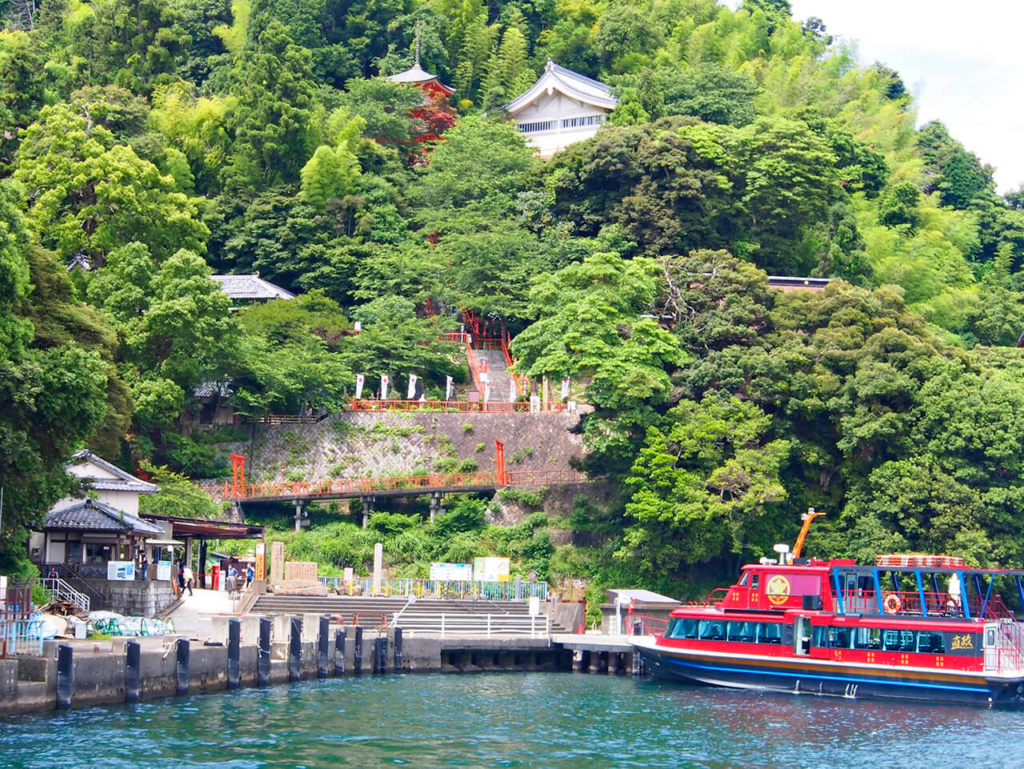
Cruise ships to Chikubushima Island also depart from Imazu, so you can stroll around D2 Nagahama and try your hand at crafts, then take a cruise ship tour from Imazu.
Kumagawa post town (+30km, 2~3h)
For advanced cyclists, we also recommend Kumagawa-juku, located about 15km west of Imazu. This post town is located halfway along the route connecting Lake Biwa and the Sea of Japan, and is lined with traditional townhouses for over 1km.
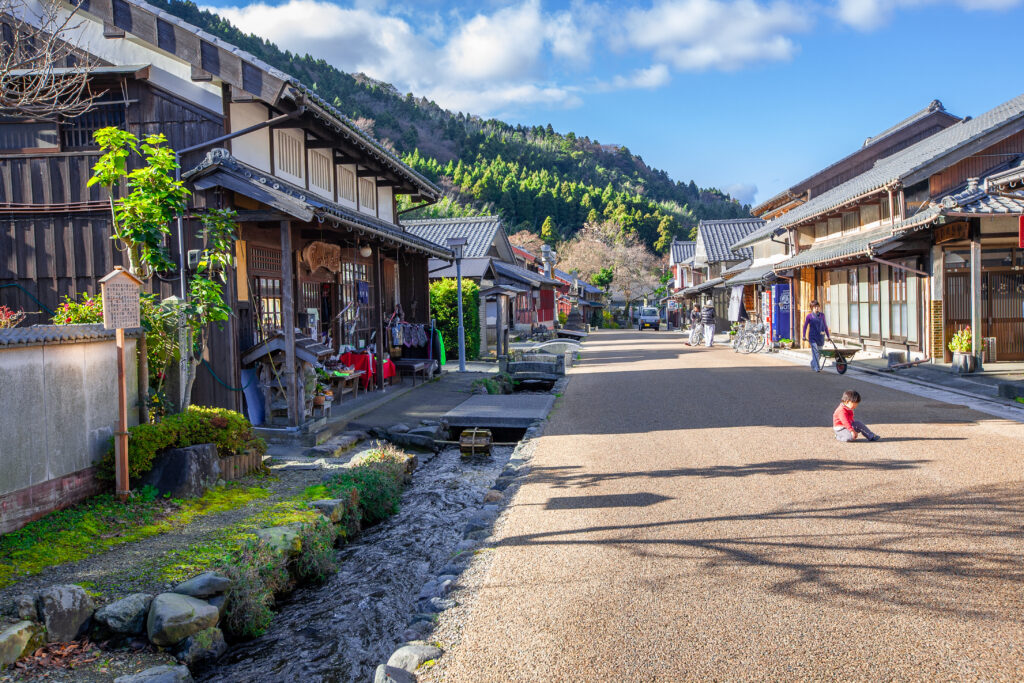
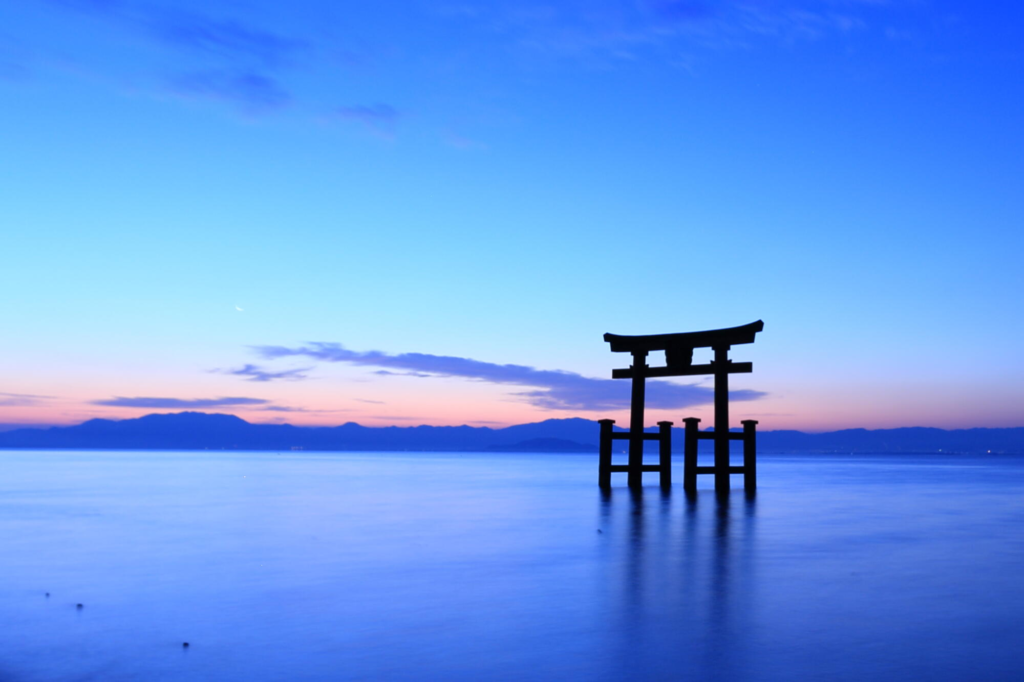
Day4-1 Shirahige Shrine (165km, 3d+1h)
About 20km south of Imazu, there is a floating torii gate that often appears in brochures about Lake Biwa. It is a small and beautiful shrine, but the road in front of it is narrow and has a lot of traffic, so please be careful not to disturb others when taking photos.
Day4-2 Climb along the Wani River (180km, 3d+2h)
The usual route from Shirahige Shrine back to Otsu is along Lake Biwa, but here we will introduce the quickest route back to Kyoto.
Head west along a small river called the Wanigawa River.
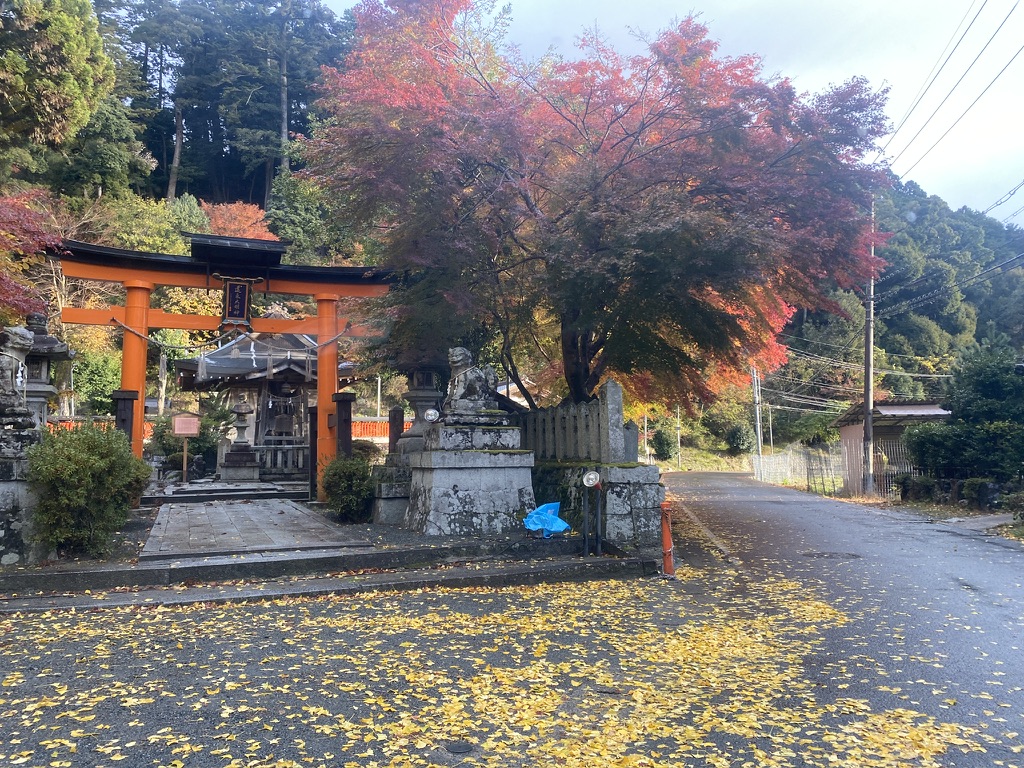

Day4-2 Ohara (195km, 3d+3h)
Ohara is a village that developed as a post town connecting Kyoto and the Sea of Japan. It has historic houses, rich agricultural products, souvenir shops, etc. Most cyclists take a break here before returning to Kyoto.
Day4-3 Goal at Kyoto (220km, 3d+5h)
Finish at a hotel in Kyoto! Kyoto has many izakayas, making it the perfect place to relax and unwind after a long day of travel.

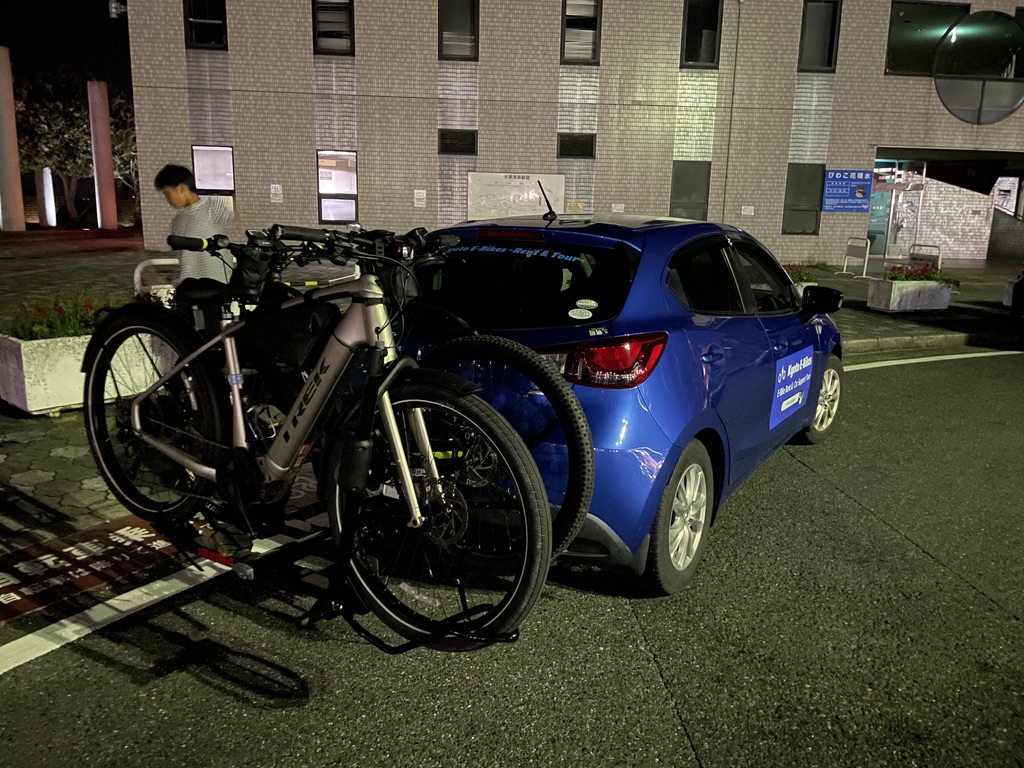
Drop off your E-Bike at the hotel
Our rental service will collect your e-bike for free from hotels in the Nijo/Saiin area, and also from hotels in other areas for an additional fee.
Kyoto to Lake & Sea 300km 6days
Duration
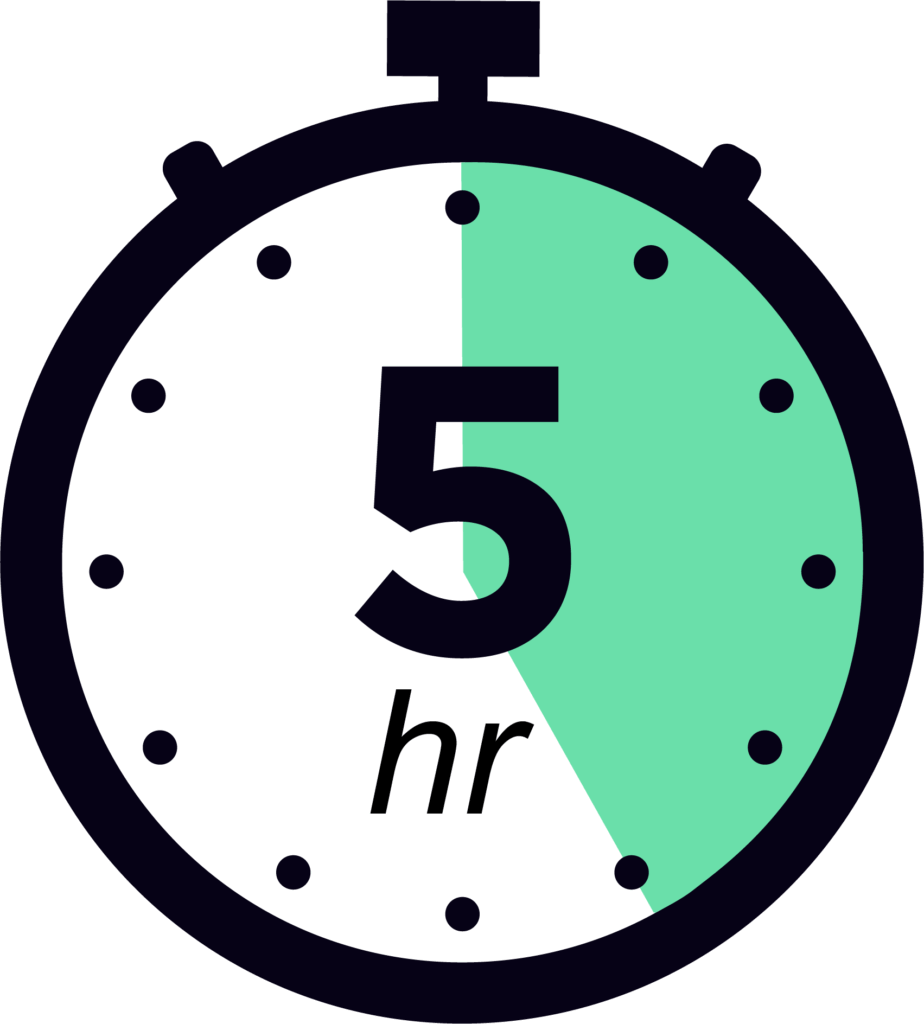
4-6 hours
Difficulty

★★★☆☆
Mileage
285km ▲1800m
Road Situation

Paved road with few cars

Protected bike path
Tour Style
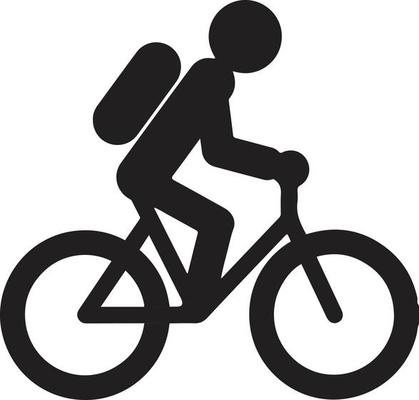
Self guided
Bike shuttle
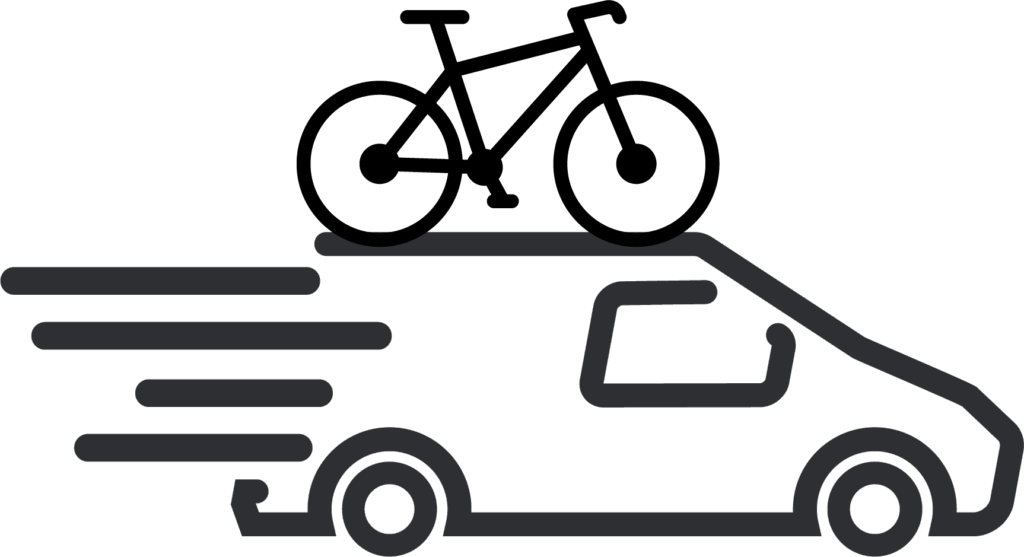
Available
Recommended Bikes

E-Touring Bike
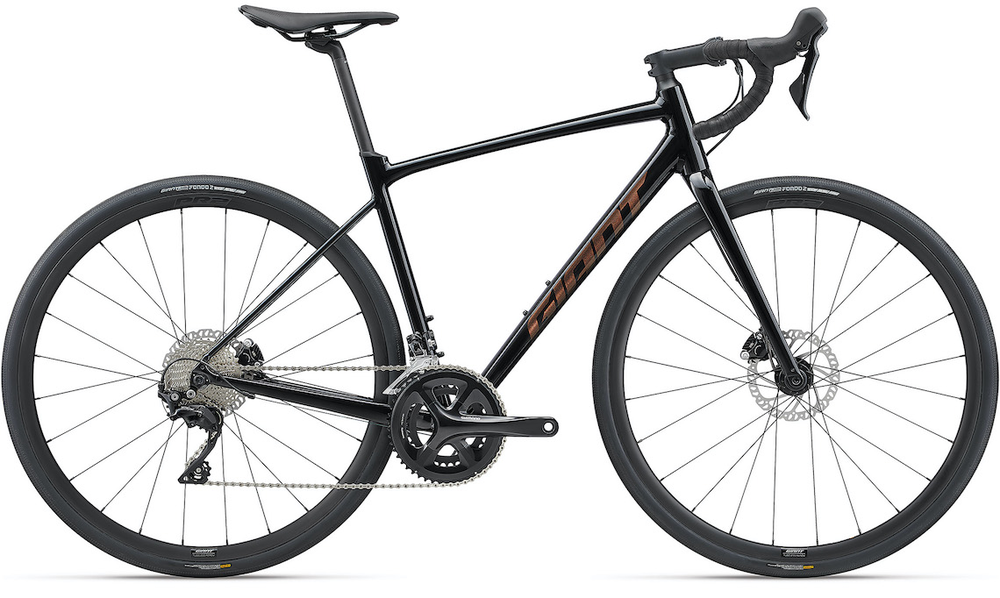
Road Bike
Overview
This cycling course starts in Kyoto and travels through historic towns on the shores of Lake Biwa, crosses ancient mountain passes, emerges into the majestic Sea of Japan, and returns to Kyoto along beautiful mountains and rivers.
This is one of Japan's best routes, with traces of history everywhere you look and a wide variety of nature and culture to enjoy.
Itinerary

Day1-1 Rent E-Bike at Saiin, Kyoto
Lake Biwa has many flat paved roads, so we recommend an E-Bike with drop handlebars, which allows you to go faster and choose your riding position freely. Of course, even a straight handlebar type E-Bike will have enough battery life to get from hotel to hotel.
Rent for 6 days
A 6-day e-bike rental is 25,000 yen per bike. This includes a helmet, charger, lock, pannier bags, and a repair kit. Non-electric road bikes are the same price.
Non-electric cross bikes are 16,000 yen.
With the exception of non-electric road bikes, we have models available to accommodate riders up to 190cm tall.

Day1-2 Cycle through the Lake Biwa Cannel
The Lake Biwa Canal is a canal that carries water from Lake Biwa to Kyoto, and there is a cool, calm path beside it. If you drive along this road about 10km east from the Nanzenji Temple area in Kyoto, you will arrive at Koseki Pass.

Day1-3 Otsu (18km, 1.5h)
Otsu is the largest city on Lake Biwa, and is lined with buildings. There is a cycling station where you can get your bike repaired. You won't have any trouble finding a place to have lunch.
From there, you can enter the Lake Biwa Cycling Path.

Day1-4 Lake Biwa big bridge & monument (40km, 3h)
About 20km from Otsu, you will come to a large bridge with a total length of 1.4km. There is a monument of Lake Biwa nearby, and many people take photos there. The road to there has urban beauty with buildings lining the other side of the lake, but it is flat all the way, so it may get boring.

D1-5 Omi-hachiman (58km, 4h)
This is the main dish for the first day. Omihachiman was the center of the Lake Biwa economic zone in the Middle Ages, and is the city that became the base for modern Japanese companies such as Toyota and Itochu. The city was surrounded by moats, allowing goods to be transported by boat. Even today, many old merchants' houses and restaurants remain, making it a very charming area. There are also many cheap and high-quality hotels.

Gourmet in Omi-hachiman
Omihachiman is famous for its Omi beef and red konnyaku. Konnyaku is a jelly-like food made from potatoes, and in Japan it is eaten in soup or stewed. It is red but not spicy. It is soaked in various dashi stocks and has a very deep flavor.
Omihachiman was a logistics hub for Japan, so there are many original dishes that combine various foods from all over Japan.

Day1-6 Hikone (80km)
Leaving Omihachiman, you can ride 24km on a flat bike path to reach Hikone Castle. Hikone is a big city, so you may get lost, so keep an eye on the castle signs.

Day2-1 Hikone Castle
Leaving Omihachiman, you can ride 24km on a flat bike path to reach Hikone Castle. Hikone is a big city, so you may get lost, so keep an eye on the castle signs.

Hikone Castle is one of the best-preserved castles in Japan, and you can enjoy not only the castle tower, but also the moat and castle walls. You can even cycle inside the castle.
The tourist area in front of the castle is also fun.

Day2-2 Nagahama (12km, 1h)
After taking a break in Hikone, you'll reach Nagahama after about an hour's ride. Nagahama is a town that once thrived as a blacksmith town, and is a very interesting place where an old town with glass crafts and other crafts combined with a retro 20th century town.
If you're mainly cycling, you can pass by here and head to Imazu.


If you want to appreciate the intricate handmade art that is unique to the Japanese, be sure to visit the various museums.You can apply for the glass craft experience on the day.
If you have children or are interested in subculture, we also recommend the Kaiyodo Figure Museum.

Nagahama gourmet
In Nagahama, seafood from Lake Biwa and the northern Sea of Japan is popular. In particular, the ancient sushi, funazushi, which has been around for over 1,000 years, is very interesting. Some people may not like it, but since Nagahama is a medium-sized city, there are many delicious restaurants, so it's okay.

Day2-3 Kaizu-Osaki (50km, 4h)
This is a popular subject for paintings of Lake Biwa, and the cherry blossoms are especially beautiful in spring. There are toilets, benches, and a shop, so you can take a short break and enjoy the view.
There are many good roads around Kaizu Osaki, and although they are hilly, with an E-Bike you will be able to conquer the most amazing views that other bicycles cannot.

Day2-4 Imazu (60km, 6h)
Imazu is a small old port town that has become a modern-day camping and boating leisure area.
There aren't many hotel options in the area, so I recommend staying in Imazu or the neighboring Takashima.
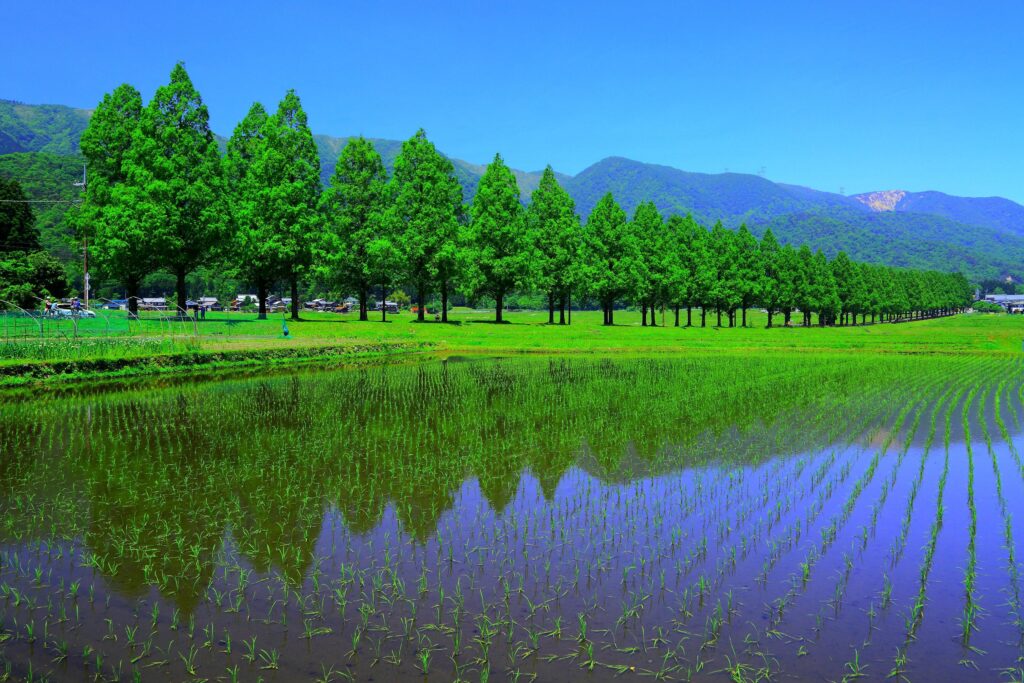
Day3-1 Makino Metasequoia Avenue
This is a famous spot located a little north of Imazu. A row of giant metasequoia trees stretches for 2.4km, creating a mysterious collaboration with rice fields, rivers, and Japanese villages.

Day3-2 Kumagawa post town
For advanced cyclists, we also recommend Kumagawa-juku, located about 15km west of Imazu. This post town is located halfway along the route connecting Lake Biwa and the Sea of Japan, and is lined with traditional townhouses for over 1km.
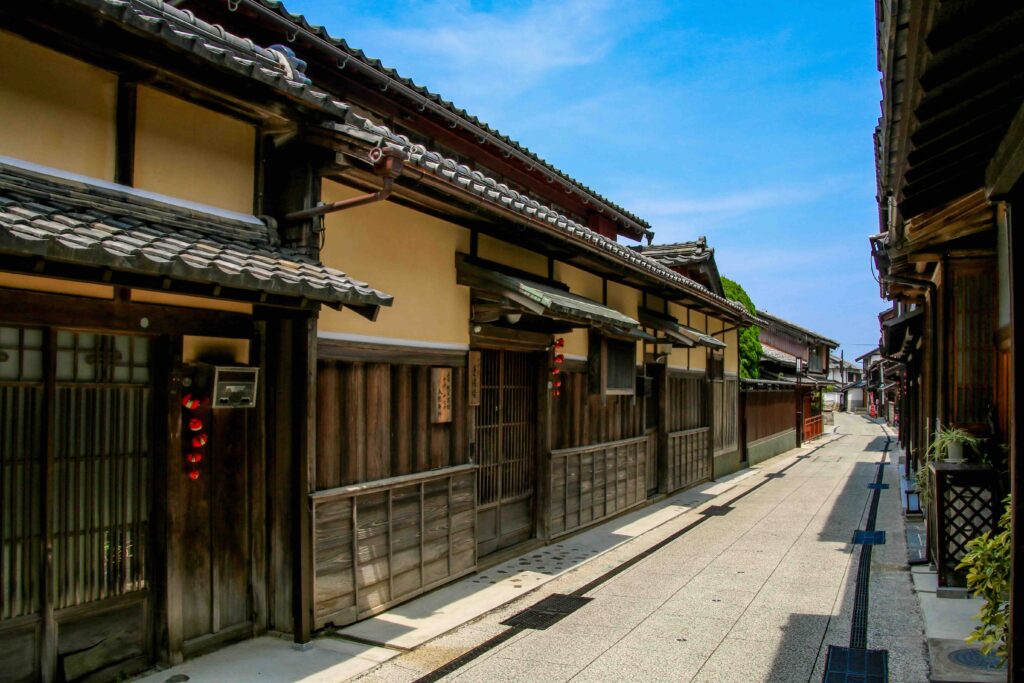
Day3-3 Obama
Obama developed as a port town connecting Kyoto with the Sea of Japan. Although it is now a small town, it has all the basic hotels and restaurants you need, so you should be able to stay comfortably.
On the outskirts of town, the former port town has been preserved, and the museum there is very interesting.

Tagarasu Rice Terraces
If you can make it, be sure to watch the sunset over Wakasa Bay. From spring to summer, the rice terraces along the coast called Tagarasu, 10km north of Obama, are especially beautiful. If you're good at cycling, a route that goes around the Mikata Five Lakes and Tagarasu is also a good option.

Day4-2 Ohara (195km, 3d+3h)
Ohara is a village that developed as a post town connecting Kyoto and the Sea of Japan. It has historic houses, rich agricultural products, souvenir shops, etc. Most cyclists take a break here before returning to Kyoto.
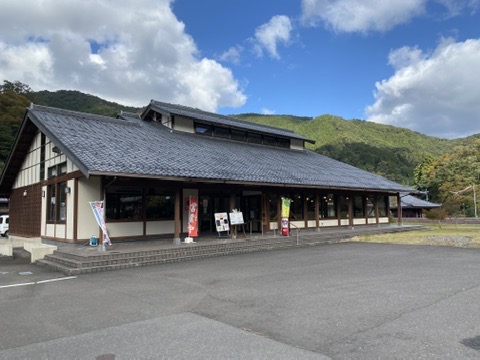
Day4-1 Nadasho
There are several routes from Obama to Miyama, but the easiest is the route through Nadasho, which runs along two rivers, Minamigawa and Tananogawa.

Day4-2 Miyama
Miyama is a beautiful mountain village that prospered through forestry and agriculture. It is a popular place for camping and sightseeing, and we often stay at an inn called Isobe.
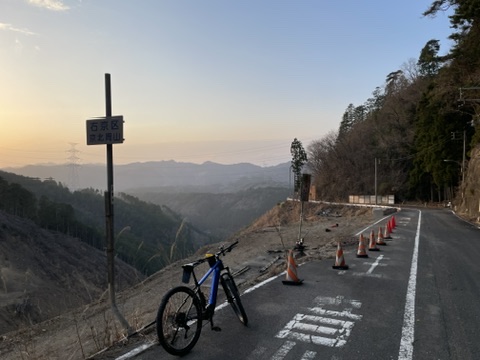
Day5-1 Road to Kyoto
Historically, there have been many routes from Miyama to Kyoto. There are four main routes (Hanase Pass, Kyomi Pass, Shinmei Pass, and Oinosaka Pass), but the Kyomi Pass route is the most popular among cyclists. There are plenty of rest stops, such as roadside stations, and you can enjoy the magnificent mountain scenery.
3. Kyoto to Otsu 1day trip

24km(15mi)~
3~4 hours
Road situation;
Narrow alley where almost no cars pass
Leaving Kyoto, we'll drive along the Lake Biwa Canal path, enjoy the temples and town of Otsu, go to the observation deck and cruise ship pier on Lake Biwa, and then head straight back to Kyoto.
This plan will not only let you cycle, but will also allow you to enjoy Otsu's tourist spots to the fullest.
1. Rent a E-Bike at Saiin, Kyoto
It's a 25km road to Lake Biwa and back, so you can ride any E-Bike, but there are some gravel roads, so if you're a beginner, I recommend an E-MTB type. It's powerful, has a good posture, and has strong brakes so it won't puncture.
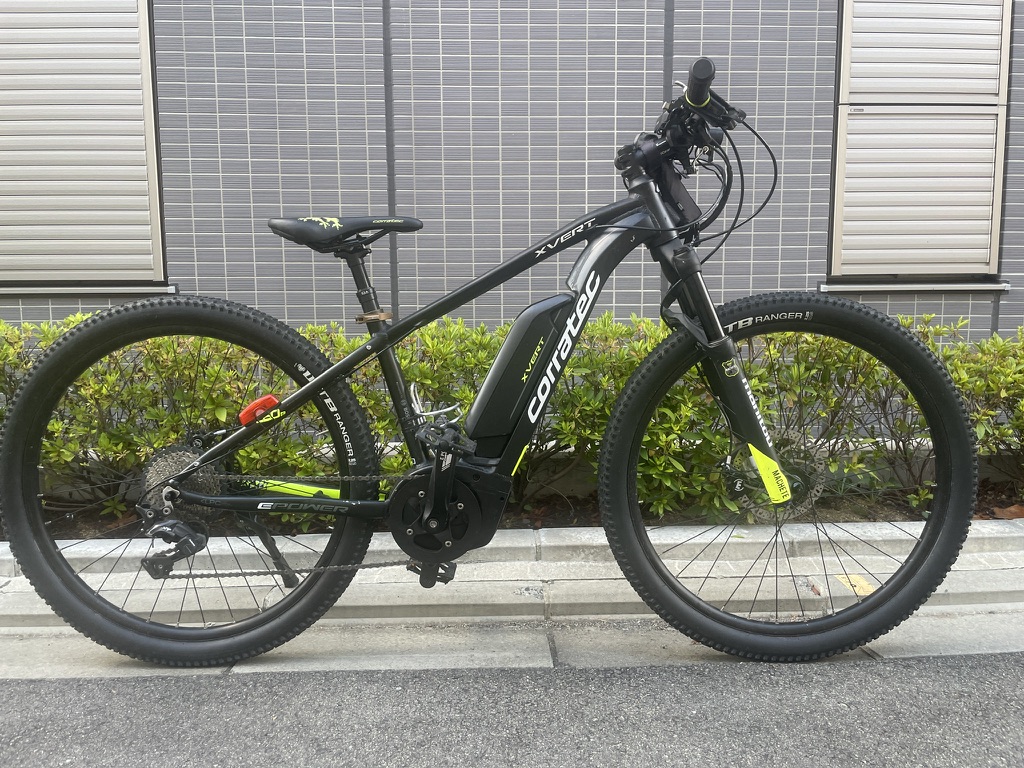

Lake Biwa Cannal
Same as Model Course 1
Biwako Cruise
Cruise ships with restaurants depart from Otsu Port. The tour lasts from 1 to 1.5 hours and costs 2,400 to 3,000 yen. Fast food and drinks can be eaten on board without a reservation and you have to pay for them, but buffets require reservations in advance.


The world's largest fountain, Lake Biwa Flower Fountain
Located just offshore from Otsu Port, this is the world's tallest fountain, and the water rises irregularly during the day, but usually from 7:30 to 8:00 pm in the evenings from spring to autumn. The fountain is especially beautiful in the evenings.
Bar/ Restaurant in Biwako Prince Hotel
There is a restaurant and bar on the top floor of Lake Biwa Prince Hotel in Otsu, which can be used even by non-guests. During the day, you can get a panoramic view of Lake Biwa, and at night, the city lights shining on the lake are very romantic.

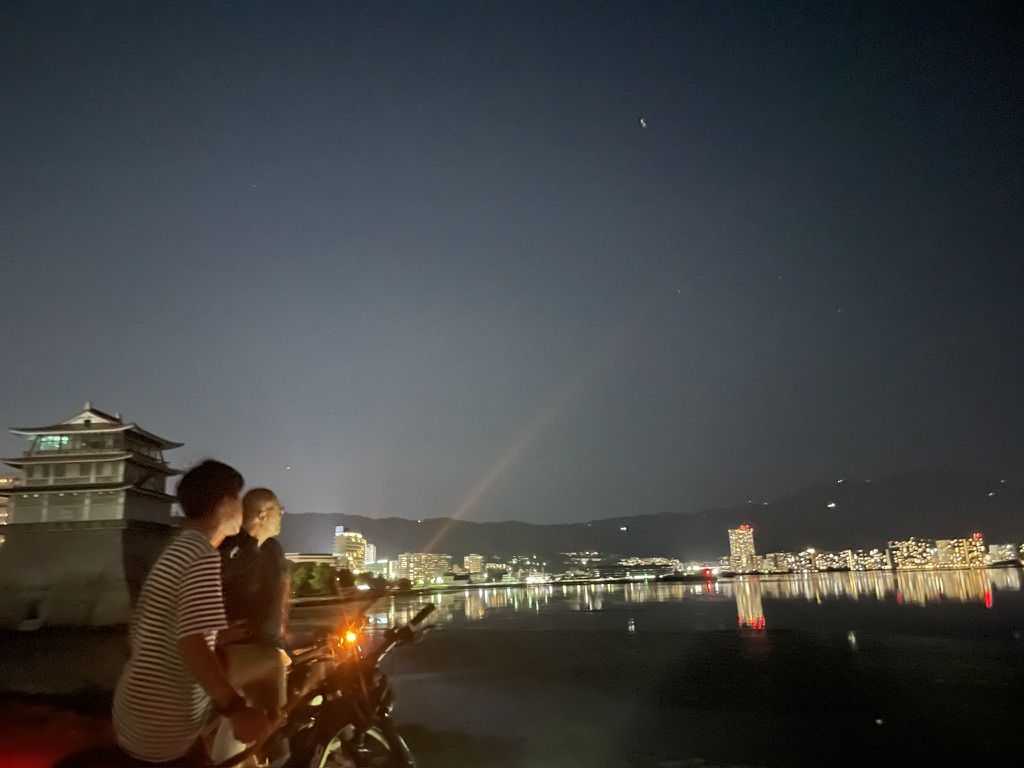
Transfer to the hotel
If you rent a bike, you will need to make your own way back to Kyoto, but if you apply in advance, we can provide a pick-up service from Otsu with your bike. After a nice, cool night ride and relaxing at the bar, use our pick-up service.

